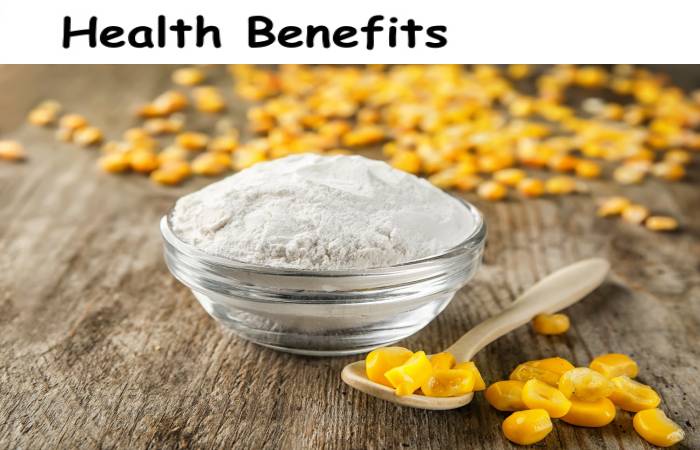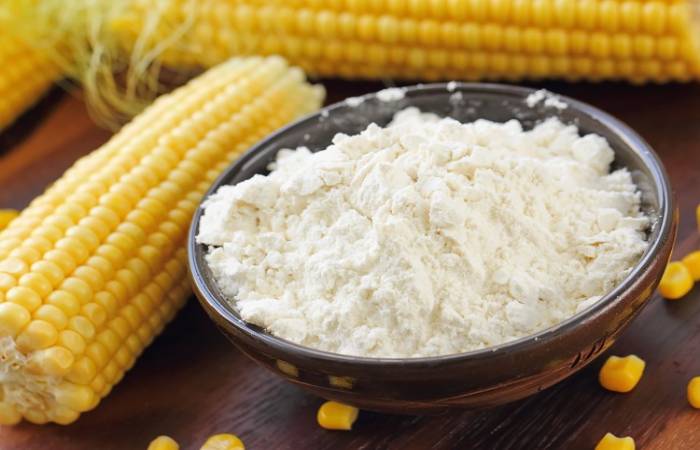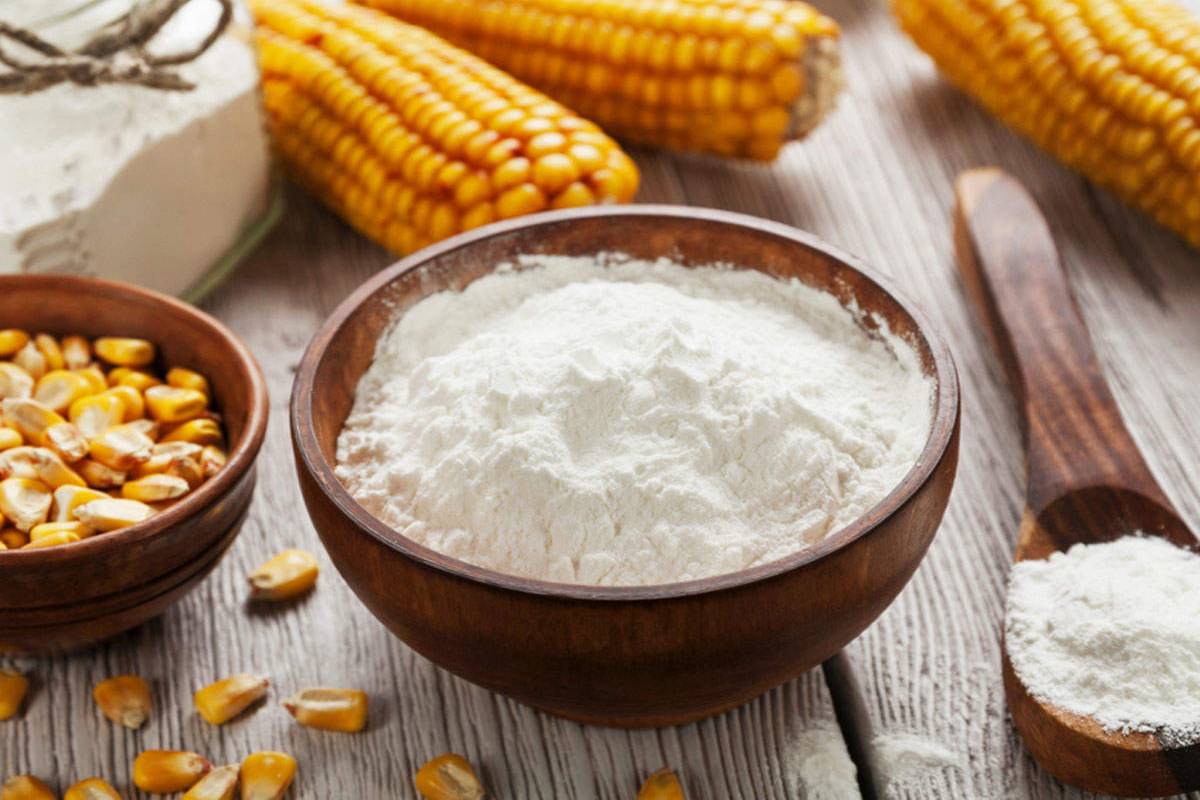Table of Contents
What is Corn Flour?
Corn flour is nothing more than the powder obtained after grinding the grains or seeds that make up the corn cob. There are different techniques and ways to receive it. Since ancient times and our ancestors managed to get textures and shapes similar to the current corn flour we know.
It is valid to clarify that corn flour is called both the powder obtained from the grains and the dough receive after cooking. Let’s start first with the types of flour that we can see in the markets, whether it is the corn from which it obtains and the way it brings, and we will also know how each of them prepares.
Nutritional Values of Corn Flour
From a nutritional point of view, cornflour is an excellent source of carbohydrates. Its use in gluten-free cooking, therefore, allows the creation of satiating and nutritious dishes. In particular, it provides celiacs with a good supply of amino acids, including alanine and leucine. It also contains several mineral salts, such as magnesium, potassium and phosphorus, and vitamins, especially A and E.
On our tables, it comes in many varieties, which differ based on aromas and reasonably high protein levels. Greenlight, therefore, to the creation of many recipes with cornflour, for all tastes and needs!
Corn flour contains:
- About 12% of water, so to consume it must add;
- 9.2%, protein, so it is a poor food;
- 75% carbohydrates which make it nutritious and more caloric than wheat.
- The 2.7% lipids.
Calories from corn flour:
- The cornflour obtains from Zea mays, a herbaceous plant belonging to the Gramineae family, native to Central America.
- In Italy, it spread from the seventeenth century. Corn flour obtains by grinding whole and dried seeds.
- It is an excellent alternative to white flour and is suitable for those who follow a protein diet because it has high satiating power.
Health Benefits of Corn Flour

Among the main benefits of cornflour, we can say that:
- It is gluten-free;
- It is rich in carotenoids;
- Has an antioxidant action.
- Its main feature is that it is gluten-free;
Therefore, it is a perfect food for intolerant people and celiacs. Being rich in antioxidants, cornmeal helps fight free radical damage accumulated from processed foods.
The yellow colour that distinguishes it is due to zeaxanthin, a carotenoid with antioxidant action. Corn contains vitamin A, vitamin E, and vitamin PP while low in vitamins B1 and B2. Includes two essential proteins: zein and zeatin, with a high content of essential amino acids.
Also present mineral salts:
- Potassium;
- Football;
- Phosphorus;
- Magnesium;
- Iron;
- Copper;
- Zinc;
- selenium.
Contraindications of Corn Flour

- On the other hand, the B vitamins are in short supply. For this reason, pellagra is widespread in populations that consume large quantities of cornmeal.
- Pellagra is a disease that causes fatigue, skin rashes and digestive inflammation caused by a lack of niacin, also known as vitamin B3.
- In short, it is flour with some nutritional deficiency, but nutritious, cheap and easy to use.
How to Use Corn Flour?
- Readily available, cornflour characterizes by a sweet taste and a delicate aroma. If purchased for a gluten-free kitchen, there is only one precaution to be adopted: being often processed in places where wheat also mill, it is necessary to check that it is certified gluten-free, as for all gluten-free flours.
- On the market, there is also wholemeal corn flour, rich in crude fibre and germ. With a more robust and decisive aroma, it gives character to the protagonist’s dishes.
- For example, when added to a mix of gluten-free flours, it offers a rustic and intense taste to bread and desserts.
- As for the processing of doughs, cornflour needs more hydration than usual. It is also better to increase the resting time so that, when working, it does not develop a crumbly consistency and tends to crumble in your hands.
- Corn flour is a very versatile food and can use as a substitute for white flour. It mainly uses to prepare polenta, b in Italy Excellent, then, for breading meat and fish.
- On the market, various types differ in taste and consistency and, therefore, lend themselves to the preparation of different recipes.
Types of Corn Flour
Depending on the type of grinding of the corn, it is possible to obtain flours with different granulometry, each essential for the recipe’s final success.
The flour can obtain by dry processing of corn after eliminating impurities and any foreign bodies. The corn then humidifies for determination. That is, it deprives:
- of the germ that will use to extract the oil;
- of the outermost parts that form the bran.
- At this point, the corn is ready to be ground. Depending on the number of passes through the rollers, different flours obtain.
- The first to be obtained is the dramatic, coarse-grained. After sifting it, it is passed through the reels again to bring the foil, and, finally, in the third pass, the comic is obtained.
Here are the types on the market:
White corn flour: it has a delicate and neutral taste and, due to its structure, is suitable for making shortcrust pastry. It is also convenient to accompany fish-based sauces and dressings;
Cartoon flour: fantastic, obtained from the processing of corn through innovative cylinder systems. It is ideal for sweet and savoury preparations and soft doughs;
Fioretto flour: it has a medium grain and is suitable for soft polenta such as mashed one, for oven preparations, such as bread, or meat and fish breading. Also worth trying to make tacos and crepes. Mixed with the most refined rice flour, it is suitable for dry and shortbread biscuits;
Craved flour: is characterized by a coarse grain; therefore, it requires longer cooking times. In the kitchen, it is the most used to prepare polenta;
Toasted corn flour: used exclusively for breading.
Conclusion
Corn flour has used as a staple food in many regions of the world. We are well aware of the solid American tradition surrounding this grain (particularly in Mexico, Colombia, Peru and Venezuela).
But in other parts of the world, such as Africa and Europe, it is also used frequently. Witness of this is the Italian polenta, made with this flour, or the Cantabrian boron or the Canarian gofio.

